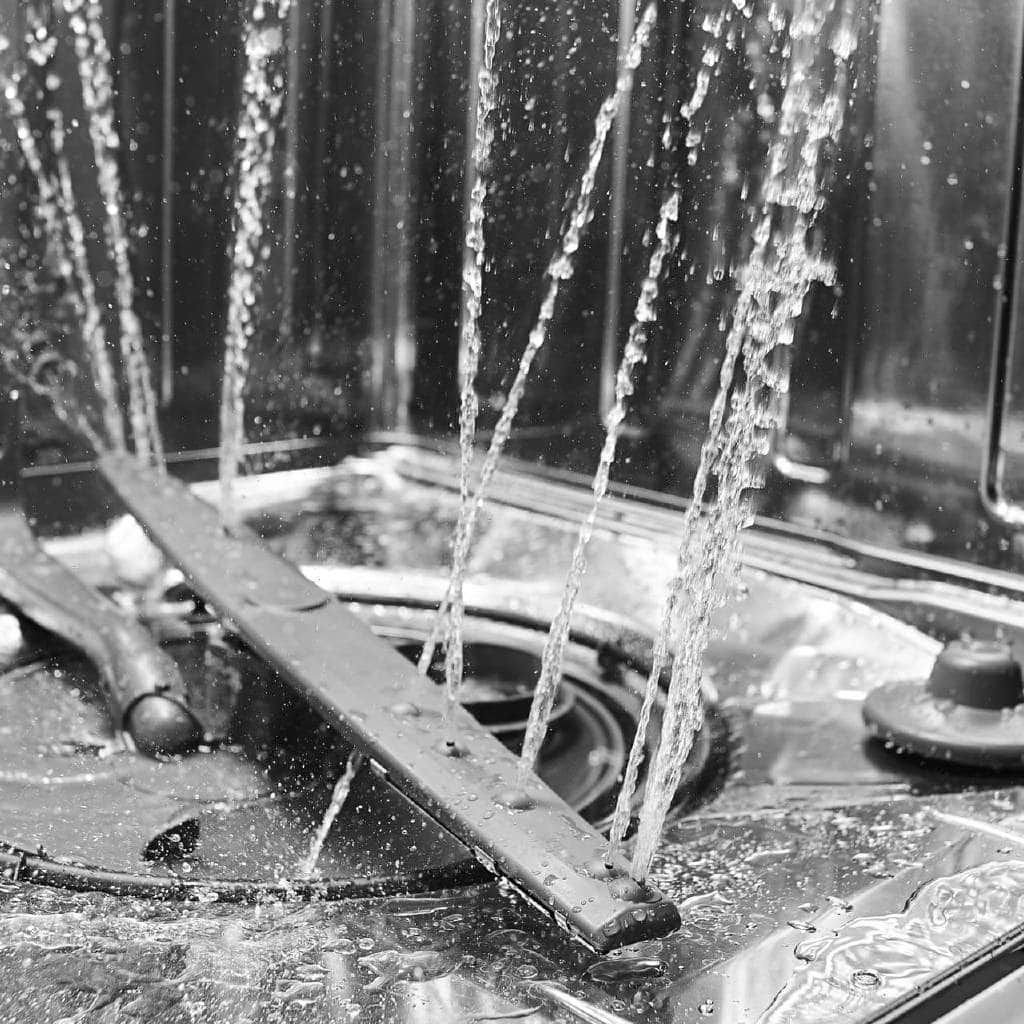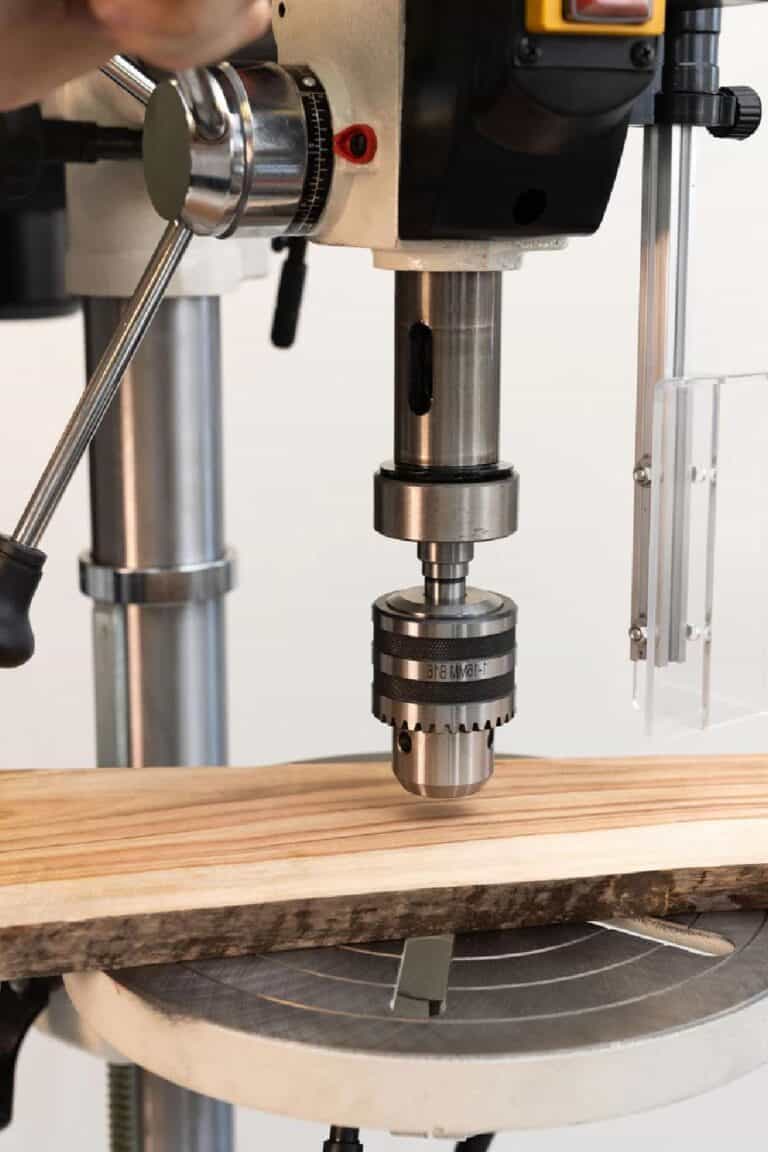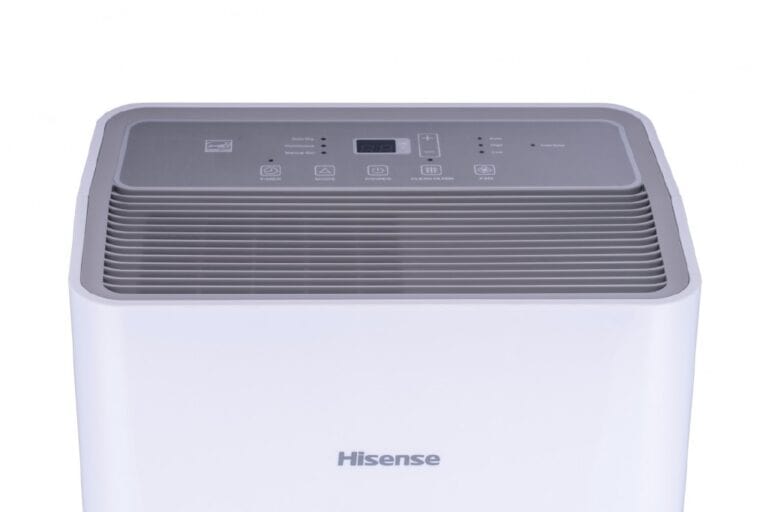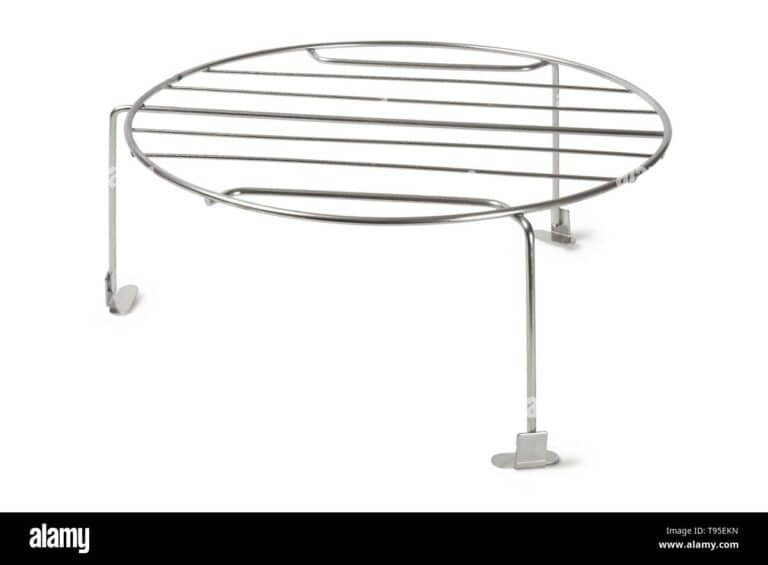Understanding How a Dishwasher Spray Arm Works: A Simple Guide
Ever wondered how your dishwasher manages to clean your dishes so efficiently? It’s like watching a well-rehearsed ballet where every step is meticulously choreographed. The secret behind this performance is the dishwasher’s spray arm. Let’s peel back the curtain and uncover how this unsung hero works its magic.
The Basics of the Spray Arm
The spray arm in a dishwasher is akin to the conductor of an orchestra, directing water precisely where it’s needed. Its primary role is to ensure that every inch of your dishes gets a thorough rinse. Here’s a quick rundown of how it operates:
- Water Distribution: The spray arm rotates. It evenly distributes water across your dishes, leaving no spot untouched. Think of it as a rotating sprinkler that’s perfectly timed to cover every area.
- Pressure Control: The arm releases water at a high pressure to tackle stubborn food particles. It’s like having a high-powered water cannon to blast away grime.
How Spray Arm Works: A Step-by-Step Breakdown
To truly appreciate the spray arm, let’s break down its operation into simple steps:
- Water Intake: The dishwasher fills with water at the start of the cycle. This water is heated to the right temperature to ensure effective cleaning.
- Water Pump: The water pump pushes water into the spray arm. This pump acts like the engine of a car, driving the flow of water.
- Spray Arm Rotation: As the water exits the spray arm, it rotates due to the force of the water pressure. This rotation ensures that water covers all surfaces of the dishes.
- Rinsing: The high-pressure water jets from the spray arm hit the dishes, loosening and washing away food particles. It’s like having a team of tiny water jets cleaning every crevice.
Troubleshooting Spray Arm Common Issues
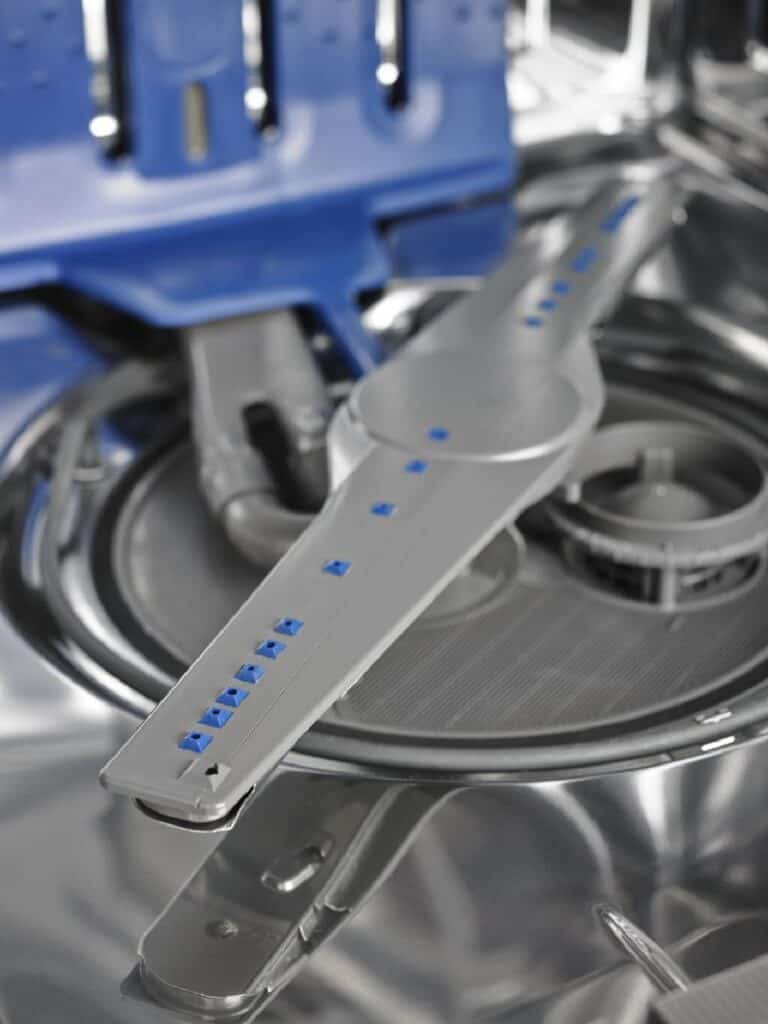
Sometimes, the spray arm can run into problems. Here’s how to spot and fix common issues:
- Clogs: Food particles or debris can clog the spray arm’s holes, reducing its effectiveness. To fix this, remove the spray arm and clean the holes with a toothpick or brush.
- Broken Rotation: If the spray arm isn’t spinning, check for blockages or ensure the arm is properly attached. Sometimes, a simple adjustment can get it back in motion.
| Issue | Possible Cause | Solution |
| Clogs | Food particles or debris | Clean the spray arm holes |
| Broken Rotation | Blockages or misalignment | Check for blockages or reattach properly |
Maintenance Tips for Longevity of Dishwasher Spray Arm
Taking care of your dishwasher’s spray arm is like giving your car regular oil changes. It ensures the appliance runs smoothly and keeps your dishes sparkling. To keep your spray arm in top shape and extend its lifespan, follow these simple maintenance tips.
Firstly, sticking to a recommended cleaning schedule is crucial to prevent buildup. Aim to clean the spray arm every few months to avoid any clogs from food particles or grease. This task isn’t time-consuming. Just remove the spray arm, rinse it under warm water, and use a small brush or toothpick to clear debris from the spray holes. For a deeper clean, soak the spray arm in a solution of vinegar and water to break down any stubborn residues.
Also, best practices for the spray arm include regular checks and proper loading. Check the spray arm periodically to ensure it spins freely and is not obstructed by large items or overly stacked dishes. Load the dishwasher per the manufacturer’s guidelines. Improper loading can hinder the spray arm’s cleaning ability.
| Maintenance Task | Frequency | Purpose |
| Clean the Spray Arm | Every 3-4 months | Prevents clogs and buildup |
| Inspect Regularly | Monthly | Ensures smooth operation and prevents obstructions |
| Load Correctly | Each Use | Avoids interference with spray arm rotation |
| Read: Can You Clean an Empty Dishwasher Cycle? |
Upgrading Your Dishwasher: Is It Worth It?
Deciding whether to upgrade your dishwasher can be a bit like choosing between a reliable old friend and a shiny new gadget. Before you take the plunge, it’s essential to weigh a few critical factors to determine if a new dishwasher is worth the investment.
First, consider the age and condition of your current dishwasher. If it’s more than 10 years old, you might be dealing with outdated technology and inefficient performance. Look for signs of wear, such as persistent leaks, noisy operation, or dishes that aren’t getting clean. These issues might signal it’s time for a change.
Modern dishwashers have advanced spray arm tech. It can make a big difference. Newer models often have multi-directional spray arms. They cover every inch of your dishes, providing a better clean. They usually have energy-efficient designs. They save water and electricity. So, they lower your utility bills. Additionally, many new dishwashers offer quieter operation, which can be a blessing if your kitchen is open to your living space.
| Factor | Old Dishwasher | New Dishwasher |
| Age | 10+ years | Modern, up-to-date |
| Cleaning Efficiency | Inconsistent | Advanced spray arm technology |
| Energy Efficiency | Less efficient | Lower utility costs |
| Noise Level | Loud | Quieter operation |
Ultimately, upgrading your dishwasher can enhance your kitchen’s efficiency and comfort. Assess your appliance’s condition and modern tech’s benefits. Then, you can decide what best suits your needs and lifestyle.
Why It Matters
Understanding how the spray arm works gives you insight into the dishwasher’s cleaning prowess. It’s not just a piece of plastic; it’s a carefully engineered tool designed to ensure every dish comes out sparkling clean. Proper maintenance of the spray arm can prevent clogs and ensure optimal performance.
In conclusion, the dishwasher spray arm might not be the flashiest part of your appliance, but it plays a crucial role in keeping your dishes clean. By knowing its function and fixing common issues, you can help your dishwasher work at its best. So next time you load up the dishwasher, take a moment to appreciate the little arm that makes a big difference.
